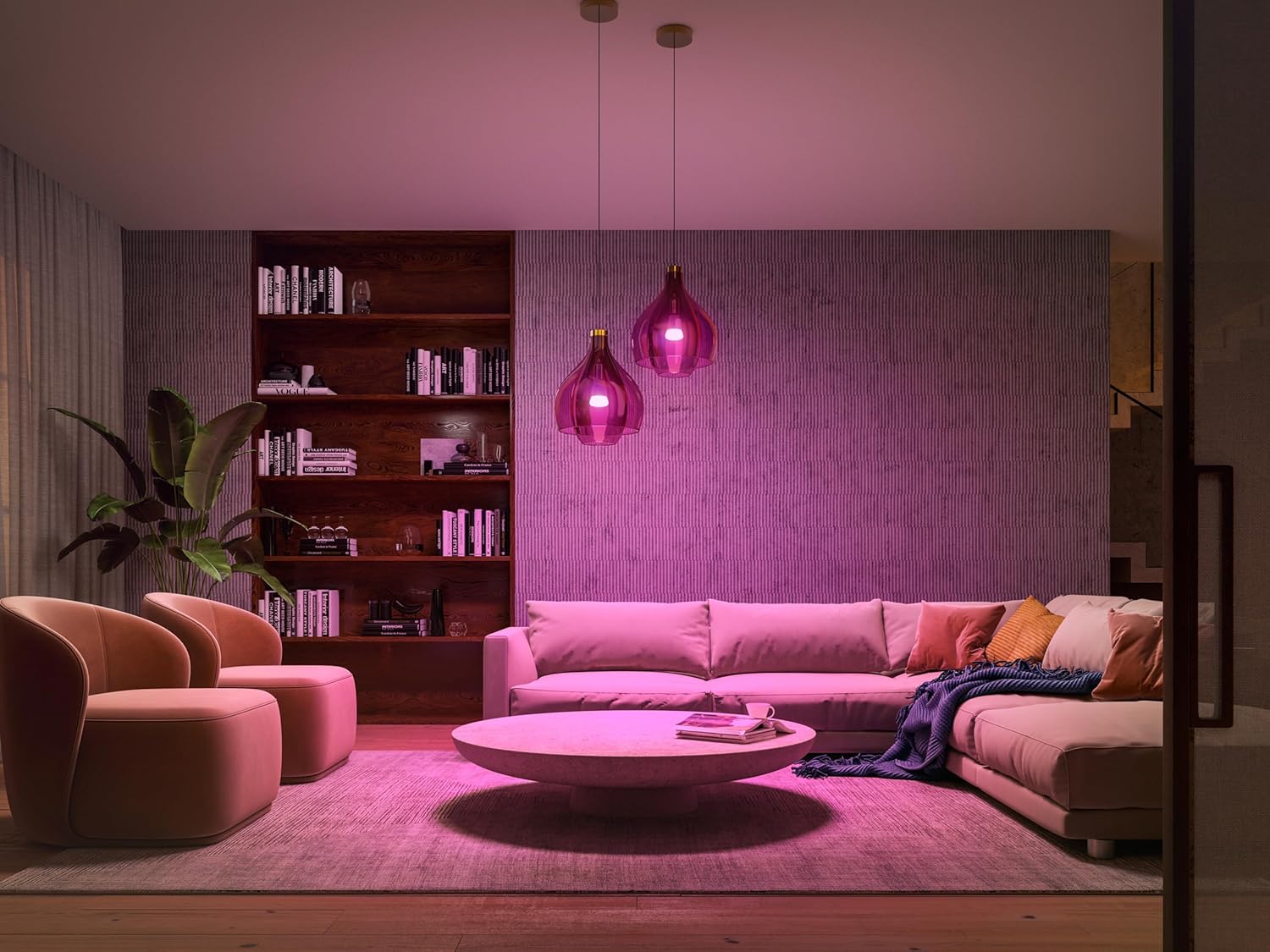Unpredictable schedules can derail even the best intentions when it comes to establishing consistent daily routines. Many high achievers struggle to maintain focus and energy when their workdays or family commitments refuse to follow a reliable pattern. If you’ve ever felt overwhelmed by a constantly shifting calendar—or frustrated by the rise and fall of your own energy levels—you’re not alone. The key is designing a 10-minute morning routine, a low-effort evening routine, and an overall daily rhythm flexible enough to adapt to last-minute changes. By tuning into your body’s natural productivity curve rather than fighting against it, you can carve out moments of structure and restoration, even on the most unpredictable days. Let’s explore how you can build daily habits that respect both your fluctuating schedule and your personal performance peaks.
Aligning responsibilities with your natural productivity curve
Ever feel bursts of productivity alternating with stretches of sluggishness? Rather than resisting these natural fluctuations, you can arrange demanding and restorative tasks in harmony with your body’s innate rhythms. Matching responsibilities to periods of heightened alertness and using slower phases for routine work or rest allows for smoother, more effective days.
Most people experience a post-wake energy boost followed by a mid-afternoon lull and a resurgence of mental clarity in the early evening. Instead of forcing productivity at inopportune times, consider: Which tasks absolutely need your maximum focus? When are you best equipped to make important decisions or handle creative problem-solving? By recording a simple log for a week or using wearable tech, you can map your energy highs and lows. This knowledge empowers you to shift intensive tasks—like strategic planning or complex analysis—into your performance window. Meanwhile, save admin or repetitive tasks for lower-energy slots or use them as gentle resets in your day.
Designing predictable routines around personal rhythms
What’s the benefit of tuning your daily routine to your own cycles? Because everyone’s energy waxes and wanes throughout the day. Insisting on uniform schedules despite these differences often leads to burnout and reduced morale. Fine-tuning your approach to suit your physiological flow can mean more gets done—with less stress and better overall well-being.
Start by embracing the idea that predictability comes from routines, not rigid time slots. Create a “morning mini-routine”—a repeatable set of actions lasting just 10 minutes—that can flex depending on whether you’re working from home, commuting, or traveling. Similarly, anchor your evenings with simple, low-effort rituals that cue your body to unwind, no matter when your day actually ends. Over time, this approach helps you create stability within chaos, supporting long-term mental clarity, resilience, and health.
Flexible 10-minute kickoff strategies
If mornings are crunched or you wake up foggy, consider short, customizable actions that ease you into activity. These practical options accommodate low- or high-energy starts:
- Active Mobility: Opt for gentle yoga poses or a lively set of jumping jacks to generate wakefulness if you’re feeling sluggish.
- Mind Sweep Exercise: Spend a few minutes jotting down stray ideas or reminders to declutter your mind.
- First Hydration Step: Drink water or a caffeine-free herbal beverage; adequate fluid intake has been shown to support mental clarity.
Wearables like the Oura Ring Gen3 provide sleep and readiness data, making it easier to select the right type and intensity of your morning routine based on how rested you actually feel that day.

Some users see great results by alternating between an energizing or soothing 10-minute morning routine depending on feedback from their sleep tracker. This adaptive approach helps you stay consistent—even when your schedule isn’t.
Low-effort evening routines for winding down
Evenings need a gentle wind-down, especially when your day has been erratic or stressful. The best low-effort evening routines incorporate signals that prepare your mind and body for rest, regardless of what came before. As nighttime arrives, simple restorative steps help you make the most of dwindling energy and encourage restful sleep. When your reserve is low in the late hours, try the following ideas for a gentle transition:
- Stepwise Muscle Release: Slowly contract and relax muscles from the feet upward, triggering relaxation and preparing for rest. This fosters relaxation without requiring meditation experience or extensive time.
- Soothing Light Adjustments: Adjust your space with devices like the Philips Hue White Ambiance Starter Kit to replicate sunset hues and help calm your senses before bed. Lowering blue light exposure in the hour before sleep can improve both sleep quality and next-day alertness.
- Quick Reflection: Spend two minutes jotting down a gratitude list or noting the day’s biggest win. This primes your mind for positive closure, reducing late-night rumination.

When practiced regularly, even a brief evening routine signals to your body that it’s safe to unwind, creating a seamless bridge into restorative sleep—no matter how unpredictable your day has been.
Monitoring energy: insights from wearable tech
Smart wearables are valuable for real-time assessment of energy, sleep, and recovery. For instance, the WHOOP 12 Month Membership 5.0 tracks heart rate, strain, and other key metrics, highlighting patterns to help you adjust plans on the fly. Access to these analytics enables not only smarter work and break scheduling, but also sustainable lifestyle adjustments.

This kind of ongoing feedback turns guesswork into data-driven decisions. For example, noticing a pattern of low recovery scores after late-evening screen time might prompt you to bump up your bedtime ritual or dim the lights earlier, leading to consistent gains in how you feel and perform.
Tool comparison matrix: energy-support products at a glance
| Product | Most effective for | Key features | Learn more |
|---|---|---|---|
| Oura Ring Gen3 | Evaluating readiness each day | Sleep tracking, movement data, recovery analysis | See details → |
| WHOOP 5.0 | Continuous body metrics monitoring | Tracks strain, health insights, performance feedback | See details → |
| Philips Hue White Ambiance | Nighttime mood optimization | Customizable tones, app-enabled settings | See details → |
Checklist: What to include in adaptable daily routines
- Map your energy highs and lows for one week (using notes or wearables).
- Design a short (10-minute) morning routine with options for both low- and high-energy starts.
- Create a low-effort evening ritual that helps you unwind, even after stressful or late nights.
- Review daily analytics from any tracking device you use—adjust tomorrow’s plan accordingly.
- Incorporate simple, repeatable rituals (mobility, hydration, journaling) that anchor your day regardless of the time.
FAQs
What does tailoring routines to match energy reserves involve?
This method is about adjusting your tasks based on periods of increased or decreased alertness, rather than adhering to rigid scheduling.
How can I recognize my typical daily energy arc?
Keeping a log or using wearable tech can help you note when you are naturally more efficient or require downtime throughout each day.
What smart devices support energy-aligned habits?
Products like Oura Ring Gen3 and WHOOP provide feedback on sleep and recovery to inform how you structure daily tasks and breaks.
Are rapid routines truly useful for those with packed schedules?
Absolutely—short routines, whether to energize or wind down, enhance both focus and relaxation, even when time is limited.
How does customizing schedules lead to better results?
Shaping your activities to correspond with your unique cycles drives not only productivity, but also supports resilience and sustained energy levels.
Shifting toward an energy-centric approach to your daily routine—focusing on short, effective rituals in the morning and gentle habits at night—sets the stage for ongoing productivity without burnout. Even when your days are unpredictable, personal rhythm-based routines can deliver the calm, consistency, and sustained focus that drive meaningful progress. Start mapping your own cycles and experiment with a 10-minute morning and evening routine: you may be surprised at how much steadier and more energized you feel, day in and day out.
Image by: Esra Afşar
https://www.pexels.com/@esra-afsar-123882149
